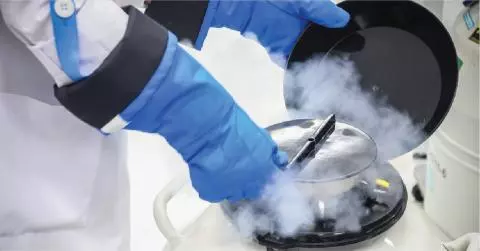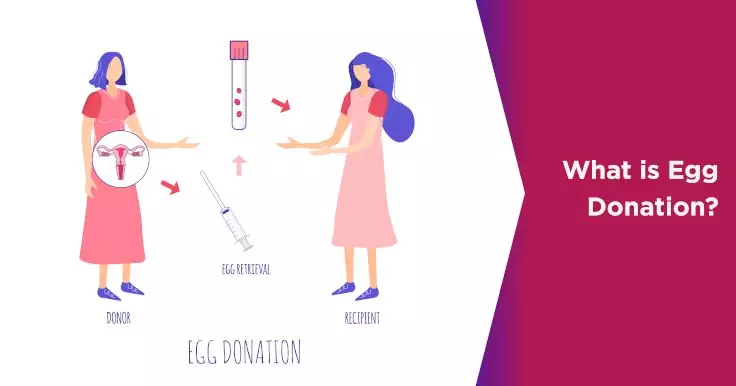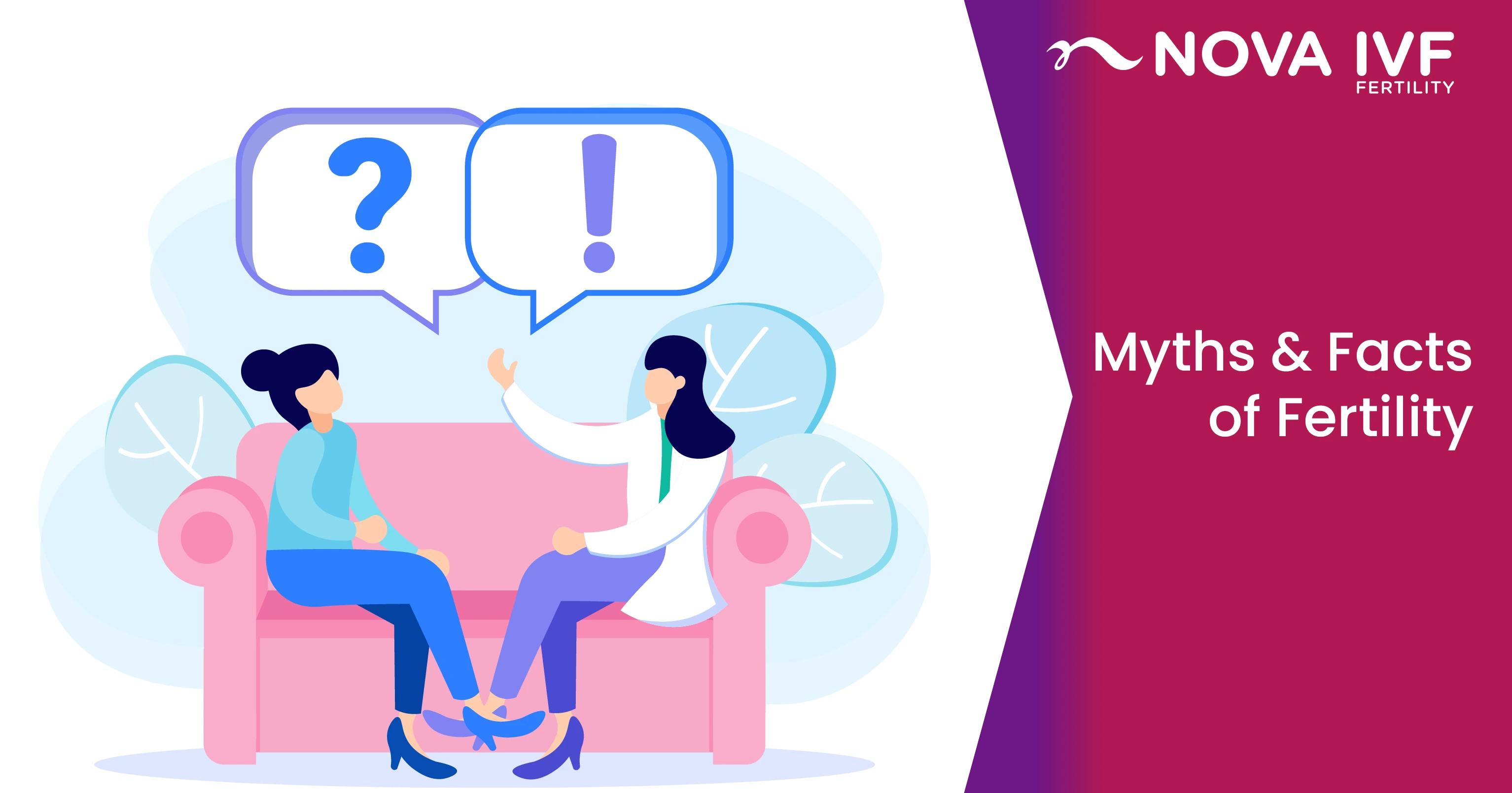Egg Harvesting Process Explained: What to Expect
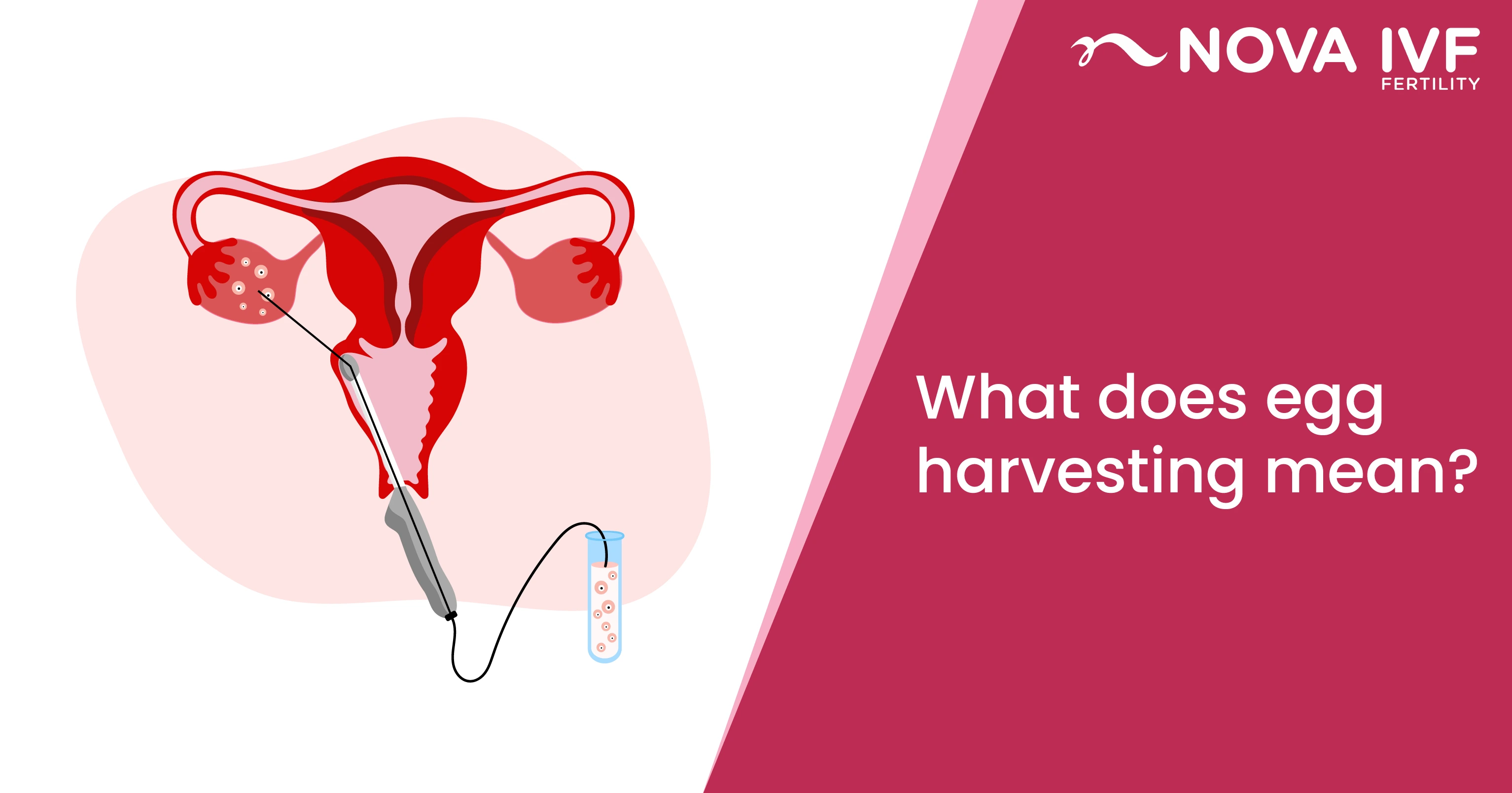
Egg harvesting is a significant part of the In Vitro Fertilization (IVF) process. In the context of in vitro fertilization, egg harvesting usually refers to the process of egg retrieval. Scientifically, this process is known as transvaginal oocyte retrieval, which means through the vagina egg retrieval. During this process, the eggs are collected for undergoing further procedures for fertilization. Harvesting eggs for IVF is usually a short and non-invasive procedure that is carried out before ovulation.
Egg Harvesting Process
The process to harvest eggs for IVF involves the following steps:
- Medication: For the process of egg harvesting, you will be given medication for pain and sedated
- Transvaginal ultrasound aspiration: The common egg retrieval method used is known as transvaginal ultrasound aspiration. In this process, an ultrasound probe is introduced in your vagina for follicle identification. After that, a thin needle is introduced into an ultrasound guide that passes through the vagina and reaches the follicles for egg retrieval.
- Egg collection: The eggs are collected from your follicles through a needle that remains attached to a suction device. The process isn’t a time consuming one and multiple eggs can be collected in as short as 15-20 min time.
After the egg harvesting process gets over, you can experience a feeling of pressure or some cramping.
The mature eggs collected through this process are then placed in a culture medium for incubation. Healthy and mature eggs are then mixed with sperm for the creation of embryos. Note that not all eggs harvested can be fertilized successfully.
 Infertility Counselling
Infertility Counselling Female Infertility Treatment
Female Infertility Treatment Andrology Treatment
Andrology Treatment Fertility Enhancing Surgeries - Female
Fertility Enhancing Surgeries - Female Fertility Enhancing Surgeries - Male
Fertility Enhancing Surgeries - Male Endoscopy Treatment
Endoscopy Treatment IUI Treatment
IUI Treatment IVF Treatment
IVF Treatment ICSI Treatment
ICSI Treatment Advanced IVF Solutions
Advanced IVF Solutions Embryology
Embryology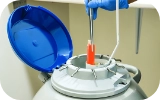 Vitrification Egg, Embryo, Sperm Freezing
Vitrification Egg, Embryo, Sperm Freezing Preimplantation Genetic Testing (PGT)
Preimplantation Genetic Testing (PGT) Donation Program Embryo / Egg / Sperm
Donation Program Embryo / Egg / Sperm


